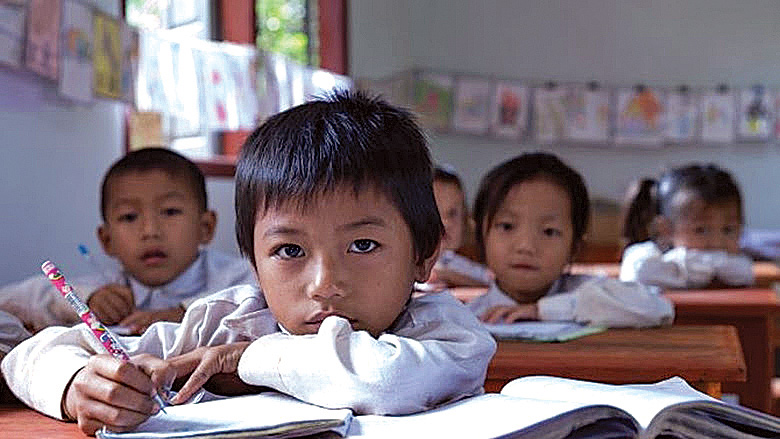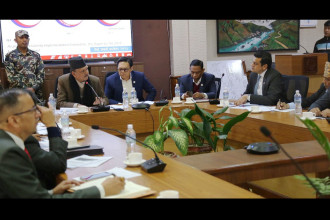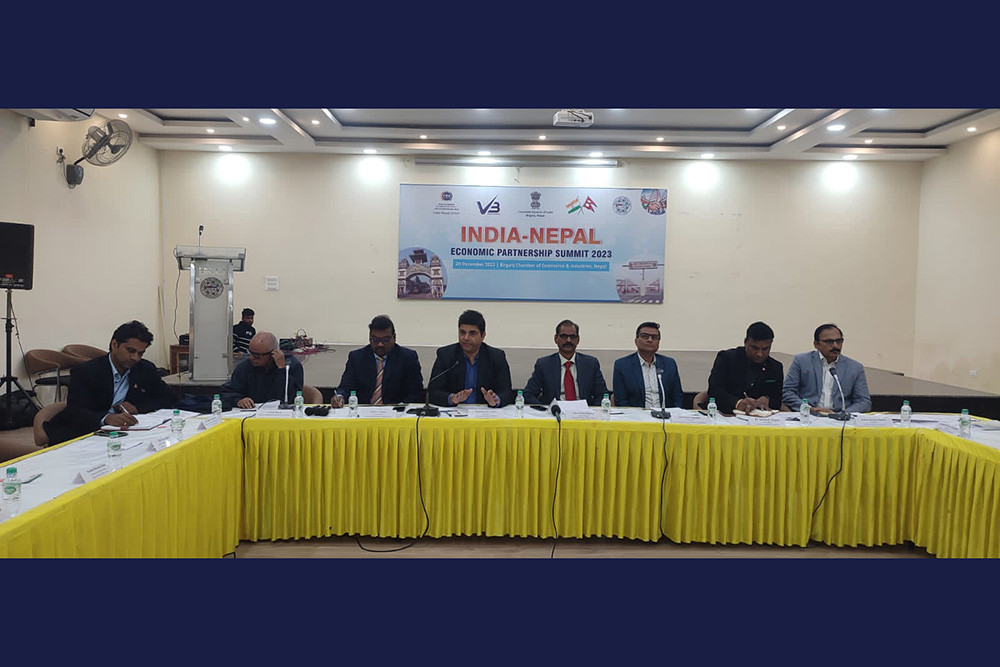
Covid-related school closures risk pushing an additional 72 million primary school aged children into learning poverty meaning that they are unable to read and understand a simple text by age 10, according to two new World Bank reports released on December 2. The reports outline a new vision for learning and the investments and policies, including on education technology that countries can implement today to realise this vision.
The pandemic is amplifying the global learning crisis that already existed: it could increase the percentage of primary school-age children in low- and middle-income countries living in learning poverty to 63% from 53%, and it puts this generation of students at risk of losing about $10 trillion in future life-time earnings, an amount equivalent to almost 10 percent of global GDP, reads the report.
The new report, Realising the Future of Learning: From Learning Poverty to Learning for Everyone, Everywhere, lays out a vision for the future of learning that can guide countries today in their investments and policy reforms, so that they can build more equitable, effective, and resilient education systems and ensure that all children learn with joy, rigor, and purpose in school and beyond the school walls.
The accompanying report, Reimagining Human Connections: Technology and Innovation at the World Bank, presents the World Bank’s new approach to guide investments in education technology, so that technology can truly serve as a tool to make education systems more resilient to catastrophic shocks like Covid 19 and help in reimagining the way education is delivered.
“Without urgent action, this generation of students may never achieve their full capabilities and earnings potential, and countries will lose essential human capital to sustain long-term economic growth,” said Mamta Murthi, World Bank Vice President for Human Development, in the launch event. “Having over half of children worldwide in learning poverty is unacceptable, and so we cannot continue with business as usual in education delivery. Through visionary and bold action, policymakers and stakeholders around the globe can turn this crisis into a boon to transform education systems so that all children can truly achieve learning with joy, rigor, and purpose, everywhere.”
The Covid 19 pandemic has brought two massive shocks. School closures have left most students on the planet out of school—1.6 billion students at the peak in April 2020, and still almost 700 million students today. The negative impact of the unprecedented global economic contraction on family incomes has increased the risk of school dropouts. Marginalised groups are likely to fall further behind. Girls are facing increased risk of adolescent pregnancy and early marriage during the pandemic. And children with disabilities, ethnic minorities, refugees, and displaced populations are less likely to access suitable remote learning materials and to return to school post-crisis.
In responding to the pandemic, education systems have been forced to rapidly implement innovations in remote learning at scale. To reach as many children and youth as possible, they have used multi-modal remote learning approaches that combine online resources with radio, TV, mobile, as well as printed materials for the most vulnerable. However, the huge digital divides – from connectivity to digital skills – and inequalities in the quality of parental support and home learning environments is amplifying learning inequality.
“Effective action today to mitigate large and mounting learning losses, recover, and rebuild stronger is needed more urgently than ever to accelerate the acquisition of foundational skills and, increasingly, 21st-century skills for every child,” said Jaime Saavedra, World Bank Global Director for Education. “There is a window of opportunity to build on the lessons of the pandemic and to build back a system that is equitable, where all schools and homes have the conditions and support for learning; that is effective, where teachers and schools are equipped to support each student at the level she needs; and that is resilient, with education services that are well-managed and ensure continuity in the learning process between the school and the home and community.”
Published Date: January 18, 2021, 12:00 am
Post Comment
E-Magazine
RELATED B360 National





